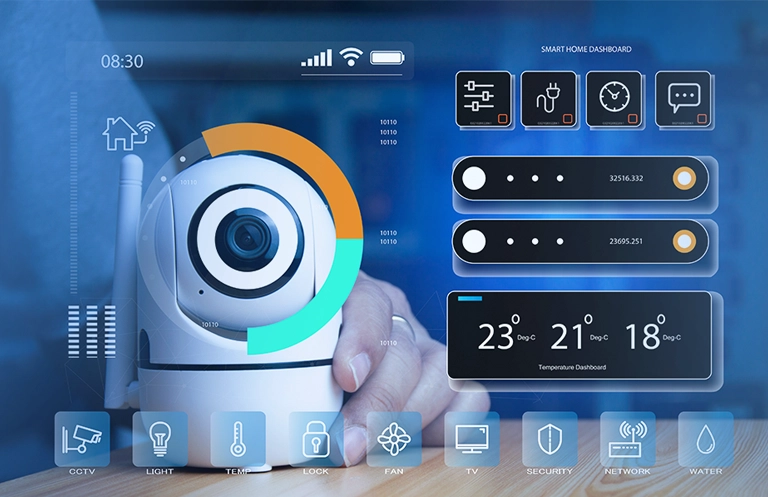Recent trends have put immense pressure on utilities to identify newer ways of controlling costs. These include stringent margins in a regulated environment, heavy costs incurred due to asset investment and maintenance, and the sheer volatility in prices of energy sources.
Though the returns may not be immediately perceptible but a deeper knowledge reveals substantial cost benefits for utilities in switching over to smart grid technologies, intelligent devices, clean tech energy sources and advance analytics. Evidence has been foundin many recent implementations.
For instance, using data analytics, utilities are now seeking to become more proactive in their decisio making, adjusting strategies based on reasonable predictive views of the future thus, allowing them to step aside from problems and the costs involved in reactive corrections – e.g.: Assets Lifecycle models are created and maintenance is becoming more predictive compared to a reactive support phenomenon.
The three major domains in which analytics software aid utilities, all of them representing emerging opportunities are:
– Enterprise Analytics
– Grid Operations Analytics
– Consumer Analytics
 Image Courtesy : GTM Research
Image Courtesy : GTM Research
Sample Use Cases for Utility Analytics
Peak Demand Control: Data analytics, as well as predictive analytics tools, can help energy utilities better understand peak demand management and offer incentives for consumers to reduce energy billing, shedding unnecessary load and peak time usage.
Customer Retention: Detailed knowledge of consumers can increase the lifetime value of residential and commercial users. Utilities can optimize their outreach campaigns through consumer segmentation, so, time and money are better spent. These are benefits for utility consumers too. When lifetime consumer value is properly leveraged, utility programs help them manage and modulate their consumption to gain respective financial incentives. When consumer segmentation is used in creating outreach programs, customer satisfaction also increases.
Asset Management: Analytics that assist with optimizing the performance and reliability of grid assets. This includes transmission and distribution assets.
Assets mark the highest OPEX and CAPEX for utilities. Analytics automate the requisite maintenance and support, eliminating reactive maintenance, support and service downtime cost.
Crisis Management: Increasing data heterogeneity, fragmentation and volume, coupled with complex connections among specialists in disaster response, mitigation, and recovery situations demand new approaches for information technology to support crisis management. Advances in visual analytics tools promise to offer time-sensitive collaboration, analytical reasoning, problem solving and decision making for crisis management. Furthermore, as all crises have geospatial components, crisis management tools need to include geospatial data representation and support for geographic contextualization of location-specific decision-making during the instance.
Outage Management: Analytics that assist with optimizing the performance and reliability of Outage Management System. An outage management system is a detailed network model of the distribution system. The utilities Geographic information system (GIS) is usually the source of this network model.
Field Crew Management: The mobile workforce management solution presents on-the-go staff deeper visibility and control over assets, operations, customer service, revenue cycles, along with safety and regulatory compliances.
Download our whitepaper on “Smart Energy Analytics for Energy and Utility Industry” to get a glimpse of how energy and utility providers can unlock potential service opportunities using a reliable predictive analytics solution across all stages of the business cycle.













